Nghe An locates in the center of North Central Coast with the large area and crowded people. With the area of 16.490,25 square kilometers, the population of more than 3.1 million people (in 2010), ranked the 4th among Vietnam's provinces and cities, the hometown of President Ho Chi Minh, the converging place of transports of road, railway, airway and waterway and diverse natural conditions, Nghe An is like a miniature Vietnam. Nghe An has great potential and advantages to attract domestic and foreigner investors.
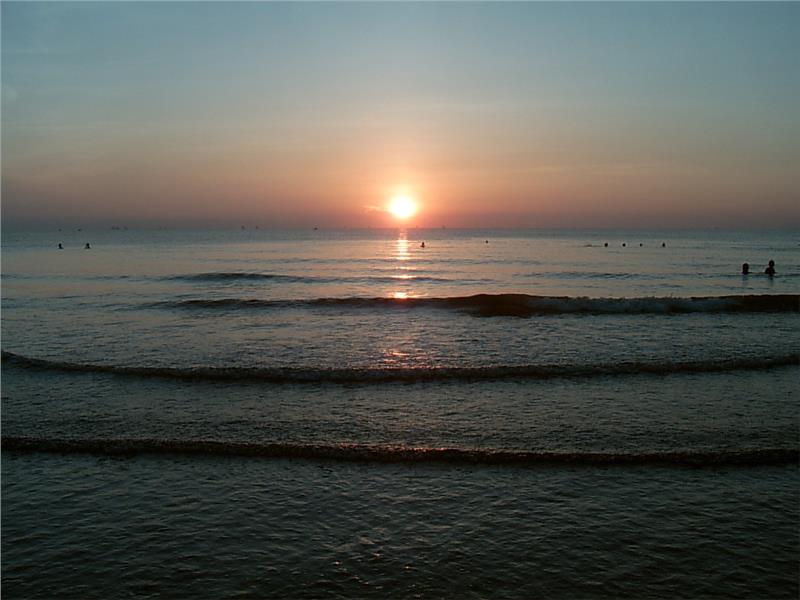
Nghe An is situated in North Central Coast. The province borders with Thanh Hoa in the north, Ha Tinh in the south, the South China Sea in the north, Huaphanh provinces (Laos) in the northwest and Xiengkhuang province (Laos) in the west and Borikhamxay province (Laos) in the southwest. Nghe An terrain consists of mountain, hill and valley. Nghe An is located in the northeast of Truong Son Mountain Range sloping from northwest to southeast. The natural area of the province is 1648.729 hectares, of which the mountainous region accounts for 3/4 of the area. Hills and mountains mostly concentrate in the west of the province. The narrow plain strip only accounts for 17% running from south to north, bordering with the South China Sea and surrounded by the mountains. The terrain is dissected by a dense network of rivers and mountain ranges, thus causing many obstacles to the development of transport and goods exchange.
The mountain accounts for 83% the natural area of province. The river system is dense; the total length of more than 9,828km, the average dense is 0.7 km/ km2. The largest river is Ca River (Lam River) originates from Muong Pec district, Xieng Khoang province (Laos) with 532km long. The 82-kilometer-long-coastline with 6 estuaries is favorable for seaport development. Nghe An locates in the tropical monsoon climate with two distinct seasons: the rainy season from May to October, and the dry season from November to April of the next year. The average temperature around the year is about 23 - 24°C. The average temperature of the hottest month is 33°C (from June to July); the highest temperature is 42.7°C. The average temperature among the coldest month is 19°C (from the December to February of the following year).
Nghe An belongs to the east-west economic corridor connecting Mianma-Thailand-Laos- Vietnam - the South China Sea according to road No.7 to Cua Lo. Located on the national and international tourism route (Vietnam tours; tours Vinh-Chum fields-Luang Prabang-Vientiane-Bangkok and vice verse through National Route no.7 and no.8). With such position, Nghe An plays an important role in exchange of economy, trade, tourism and transport with the whole country and other countries in the region, especially Laos, Thailand and China, facilitating to call for investment in socio-economic development.
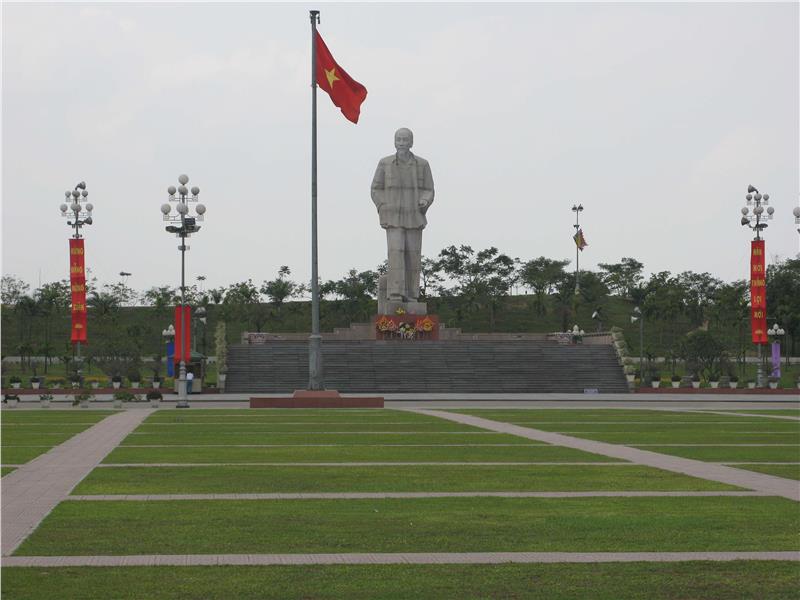
Before the period of Hung King, Nghe An and Ha Tinh belonged to Viet Thuong countru, the capital was the area under the Hong Linh Mountain's foot. Under the period of Hung King, Viet Thuong country was merged into the 15th departments of Van Lang country. In the resistance against the Ming invaders in 1424, Le Loi establishes his headquarters here for 4 years. In 1831, King Minh Menh separated Nghe An into 2 province: Nghe An (the north of Lam River) and Ha Tinh (the south of Lam River). Then, 2 provinces of Nghe An and Ha Tinh were merged and named An Tinh. After 1954, Nghe An province has 1 town and 12 districts: Anh Son, Con Cuong, Dien Chau, Hung Nguyen, Nam Dan, Nghi Loc, Nghia Dan, Quynh Chau, Quynh Luu, Thanh Chuong, Tuong Duong and Yen Thanh. From 1976 to 1991, Nghe An and Ha Tinh were merged into Nghe Tinh. In 1991, Nghe Tinh province separated into Nghe An and Ha Tinh as today.
According to population census in 2009, Nghe An has 2,912,041 people. Nghe An has 37 ethnic groups of which Kinh ethnic people cover the majority population of Nghe An.
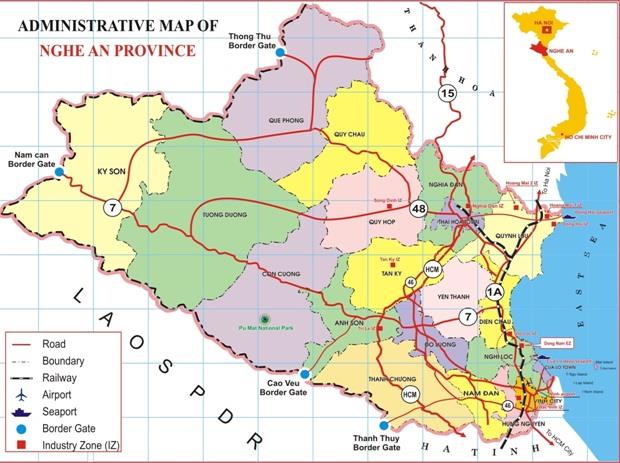
Nghe An consists of 1 city (Nghe An), 3 towns (Cua Lo, Hoang Mai, Thai Hoa) and 17 districts (Anh Son, Con Cuong, Dien Chau,Do Luong, Hung Nguyen, Quy Chau, Ky Son, Nam Dan, Nghi Loc, Nghia Dan, Que Phong,Quy Hop, Quynh Luu, Tan Ky, Thanh Chuong, Tuong Duong, Yen Thanh). Among them, there are 480 communal administrative units, including 431 communes, 32 wards, and 17 towns.
Social culture has many positives changes. Material and spiritual of people has been gradually improved. Nghe An currently has 5 universities, 6 colleges, 4 professional secondary schools and 1070 high schools. Health care, family planning, protection and care for mothers and children made good progress. The quality of health care is gradually enhanced. Equipment and facilities of provincial hospitals, health centers, and commune health stations are strengthened. Social policies and social welfare are guaranteed. Poverty reduction and job creation are implemented positively and have become an extensive movement of people.The socialization of cultural activities is strengthened. Continue to maintain and restore traditional festivals, preserve and promote the efficiency of historical cultural relics associated with traditional festival.
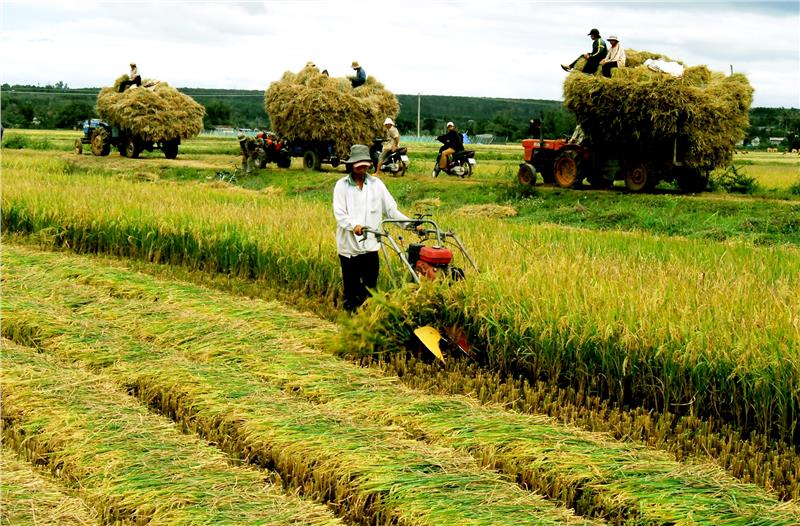
In 2014, despite having many difficulties, Nghe An economy showed the signs of recovery. People's lives have been improved' the economic growth rate reached 7.24%, the food production reached 1.2 million tonnes; the industry production index increased by 13.31%, investment capital increased by 7.23%m the total retail sales rises 11%, social culture has positive changes; social order and safety is maintained. Gross domestic product of the province increased by 7.24% compared to the plan, in which agriculture, forestry, fishery increased by 3.85%, industry - construction rose 8.72%, service rose 8.22% year over year. The growth rate of 2014 was higher than that of 2 recent years and higher than the average rate of the country. GPD per capita reached 25 million/ people (2013 is 22.96 million/people). Agriculture, forestry and fishery production continue to grow stably. The total food production was estimated as more than 1.2 million tonnes, up 3.7% over the same period. The total production of farming and exploiting aquaculture achieved 144,545 tonnes, an increase of 10.52% over the same period. The production of industry and construction tend to regrow. The industry - construction production value in 2014 increased 9.68% over the 2013. Among them, the value of industrial production increased 13.53%.
The total retail sales of the whole country were estimated to reach at 34,654 billion dong increased 11% compared to 2013. The export turnover of the whole country was estimated to reach at 415.4 billion USD, increased 10.2% compared to 2013. Import turnover reached 3831 million USD, up 16.95% over 2013 Revenue from tourism services was estimated at 2185 million dong, up 15% over the same period. After international routes Vinh - Vientiane (Laos) was opened; Vinh Airport welcomed over 1 million passengers in 2014 and prepared to become an international airport. The total state budget revenue in 2014 was estimated at 7.400 billion dong (109.9% of the estimates, an increase of 16.7% in 2013).
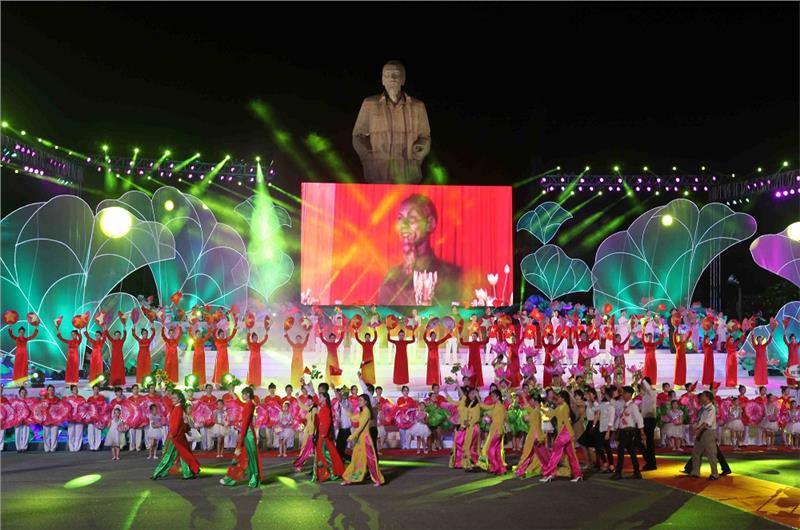
Nghe An is a scared land with many talented people. It not only has great magnificent and poetic nature, but Nghe An people is pompous and heroic. Coming to Nghe An, tourists not only can admire landscapes and seascapes, but also can admire many historical cultural relics - the hallmark of so many historic events and cultural values created by Xu Nghe people: archaeological vestiges of Tham Om, Quynh Van, Lang Vac. There are famous architectural works like Cuong Temple Con Temple, Qua Temple, Bach Ma Temple, Hoanh Son communal house, Quang Trung Temple and so on. Tourists would like to see, to hear the images and the echo of the celebrities as An Duong Vuong, Mai Hac De, Quang Trung, President Ho Chi Minh, hear poems of Ho Xuan Huong and Pham Nguyen Du. Traveling Nghe An, tourists will have the opportunity to discover interesting and unique things of 6 ethnic groups living in this land.
Nghe An is an ancient land. From the Palaeolithic era existing thousands of years ago, ancient people lived in Tham Om cave (Quy Chau). Through a system of archaeological sites from Palaeolithic Era to Bronze Age, Iron Age with Lang Vac relic belonging to Dong Son culture demonstrate Nghe An is one of the cradles of the ancient Vietnamese. A harsh nature and history with difficulties and challenges has made the hardworking, creative, chivalrous personality of Nghe An people. Through many generations from the ancient time until now, Nghe An people has many important contribution to the history progress of the nation creating a unique culture. With 6 ethnic groups living together, Nghe An culture is diverse and vibrant with its own identity in the harmony with Vietnam culture. Nghe An today not only owns a lively modern culture but also is a diverse treasure of cultural heritages. There are about 1000 historical cultural relics with intangible values as written literature, folklore, folk songs, folk dances and customs and habits. As a province with many ethnic groups living together, each group brings a cultural identity and distinctive language. Nghe An is the home to the special folklore with ho, hat phuong vai, hat do dua... Tourists coming to any festival of Nghe An can enjoy this unique cultural activities.
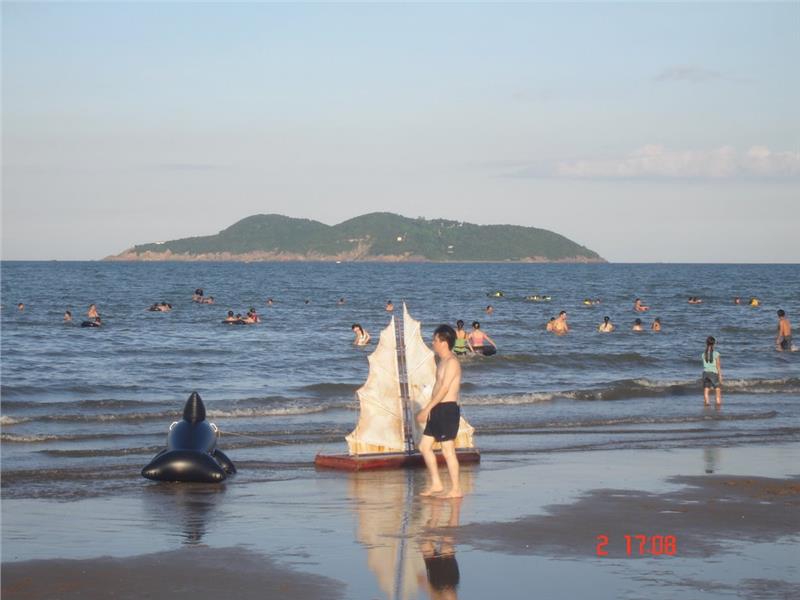
Located about 291km from Hanoi to the south, Nghe An appeals tourists with varieties of tourism forms meeting all needs of tourists as spiritual tourism, exploring tourism... Coming to Nghe An, tourists can immerse into nature in Golden Lotus ecological tourist area or indulge in 3 out of beautiful beaches in Nghe An including Dien Thanh, Dien Chau and Bai Lu. In addition to stunning beaches, tourists can visit relics as Cuong Temple in Mo Da mountain, where An Duong Vuong suicided and was buried, My Chau well, Dien Lam ecological area, zoo with many rare animals or Xuan Huong Lake, Xuan Thanh beach with sloping sandy beaches, clear water, immense tree lines, relic of Great Poet Nguyen Du.
The east of Vinh city is Cua Lo, a bustling town and a beautiful beach as well. This is the palce where any tourists want to once set foot in. In Cua Lo, besides swimming, enjoy seafood, fishing and tasting "muc nhat" also attract tourists. Situated about 10km from the west, tourists will arrive in the hometown of President Ho Chi Minh to visit the place where Uncle Ho grew up and burn an incense to commemorate Nguyen Thi Loan - the Mother of Uncle Ho. Not only is the hometown of Uncle Ho, this land also gave birth to a series of patriotic people as Phan Boi Chau, Le Hong Son and General Secretary Le Hong Phong.
In addition, if you have much time, you should not miss a series of other attractions in Nghe An as Nam Can market, Xao Va waterfall, Tham Om cave, Quyet mountain, Nghe An ancient capital, Su Nu Pagoda (Can Linh Pagoda), Hong Son temple, Qua Son Temple, Cua Nam lake, XO Viet Nghe Tinh Museum. Interestingly, Nghe An is the place with many delicious and famous dishes: eel porridge, com lam, nhut Thanh Chuong, Nam Dan soy sauce, orange in Doai village...With many landscapes, historical cultural relic system rich in quantity, content and forms, Nghe An is the promised land, is an ideal tourist place for tourists.
Festival

Traditional festivals in Nghe An often take place on the river as Cau Ngu, Ruoc Hen, Boat race... These festivals revive the historical periods, legends imbued with epic and humanity such as Cuong Temple Festival, Van Loc Village Festival, Sen Village Festival Typical festivals in mountainous region is Hang Bua, Xa Khan, drinking can wine. King Mai Temple Festival is annually held on the full moon of January in Nam Dan district to commemorate King Mai and his Generals, while reviewing the heroic atmosphere, the indomitable spirit of Hoan Chau uprising against Tang Dynasty to gain independence for the nation during 10 years, from 713 to 722. Cuong Temple Festival is taken place in the mid February of the lunar calendar. This is a unique festival bearing the historical-cultural tradition of the coastal province. It is also the chance for people and tourists to return to the root and to commemorate An Duong Vuong who had great merit in the unity of tribes in Northern Vietnam defeated the Qing invaders.
